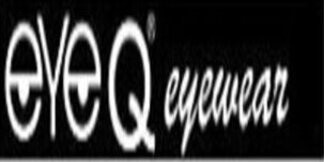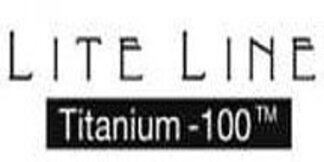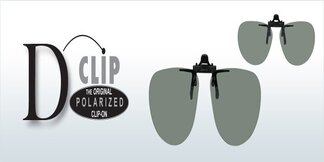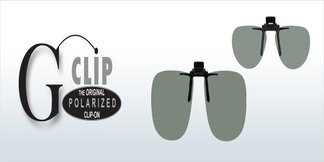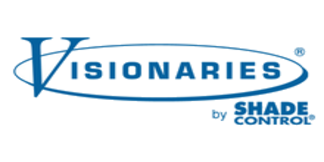No products in the cart.

Wavelength and Optical Density
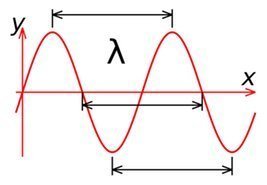
Laser Safety Eyewear is chosen based on your laser’s operating wavelength and strength.
Wavelength is measured based on the “spatial period” of a wave—the distance over which the wave’s shape repeats. It is usually measured from a point to the next time it repeats (crest to crest, valley to valley, etc). Wavelength is commonly designated by the Greek letter lambda (λ) and it is usually measured in meters.
Optical density (OD) or absorbance is a ratio of how much light is absorbed at a specific wavelength. This ratio is logarithmic:

where OD is the absorbance at a certain wavelength of light (how much is absorbed), and T stands for transmittance at that wavelength of light. Transmittance is the percent of light at that wavelength that can pass through the material (if T = 0.10, 10% of light at that wavelength can transmit through the lens). So, for an optical density of 5, OD = 5 and T = 0.00001, or 0.001%:
This means that, for a lens with an optical density of 5 for a specific wavelength, only 0.001% (1/10,000) of the light at that wavelength will pass through that lens.

In laser applications, optical density is usually specified in ranges. For instance, our KG5 laser safety filter covers three ranges of wavelengths, each at a specific OD:
900-1000nm OD 5+
1000-2400nm OD 7+
2900-10600nm OD 7+
This means that for all wavelengths between (and including) 900 – 1,000 nanometers, the optical density is at least 5.
You should always make sure that you understand the power of your laser and its operating wavelength when deciding which wavelength(s) you need your laser safety eyewear to absorb (or transmit) and at what optical density.

























